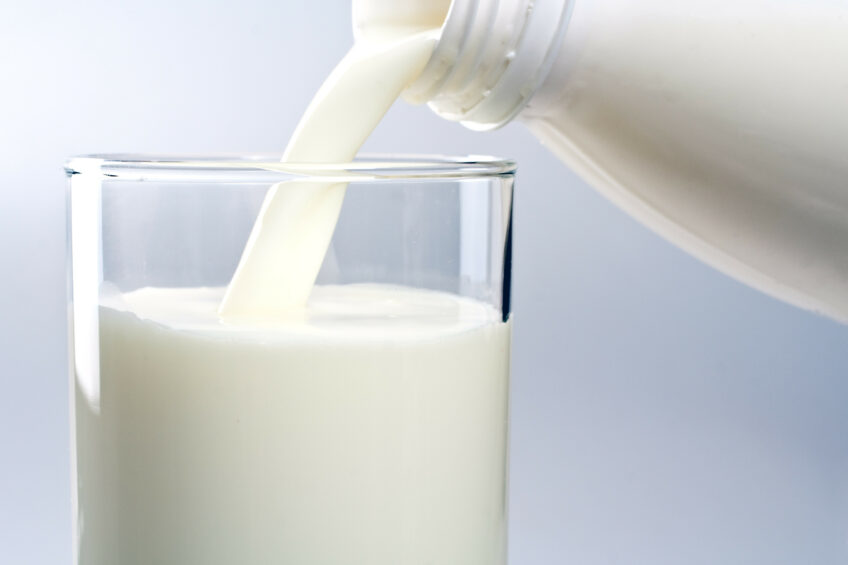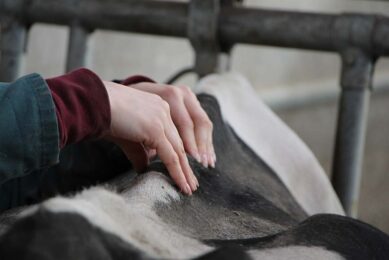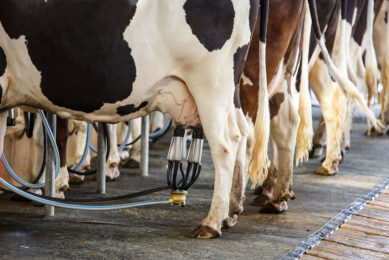No progress in Chilean milk output

Chili’s dairy market has not seen any growth over the last decade. The projected production volume for 2018 will reach the level of 2008.
This is stated in the Rabobank report: Chilean Milk Production: A lost Decade. The absence of growth over the last 10 years is not entirely true. In 2017, the milk production showed a short-term recovery. This was seen after a severe drought in 2015 and 2016. In 2017, the rain levels normalised and pasture conditions were favourable. It was projected at Chili could increase the milk volume for that year, and keep that growth for the years after. However, the level of 2017 got stuck at the same level of 2008. It showed that the country was unable to step up production despite favourable conditions.
Correlation income growth and milk consumption
According to Rabobank, the cooled down growth of milk production in Chili is the result of the weak demand for raw milk. This has reduced the farmgate milk prices, lower margins and lowered the incentive for dairy farmers to invest in their businesses. The reduced demand for raw milk is due to reduced consumption per capita (currently they consume around 146 litres per person per year), the dairy trade deficit (causing imported milk to gain space in the local market) and the lack of being proactive to invest in expansion and innovation in the Chilean dairy industry.
According to analyses by Rabobank, the reduced consumption of milk is related to a slowdown in income growth, growing consumption of other industrialised beverages and generational changes within the population and the correlation between income growth and dairy consumption growth is 84%. Chilean people prefer carbonated soft drinks, water and juices over milk.

Increased volume of imported milk
Regarding trade, Chile has active free-trade, or near-free-trade agreements with all of the world’s largest dairy exporters, including Australia, the EU, the US and New Zealand. Since 2012, Chili has been a net importer of dairy products. The volume imported is increasing lately, reaching 540 million litres in 2016 (30% of industrialised milk in whole Chili). Chili’s export efforts have failed to grow, leading to a constant trade deficit. At the same time, dairy farmers in Chili are struggling with drought, scare labour and rising costs. It is estimated that there are less than 5,000 dairy farmers in the country. The largest 100 farms produce over 50% of the total volume. Although production is stagnation on a while, COLUN, a dairy cooperative with a large presence in the south of Chili has been increasing its share in the total milk processing. COLUN’s farmers receive a higher profitability than other farmers and also receive a share in the company. This has helped them to invest more in production, genetics, irrigation and overall efficiency.
Vertical integration or direct investments needed
In conclusion, the combination of decreased consumption and riding trade deficits have led to stagnated production in Chili. As a result, a large part of the processing industry has not expanded capacity in a significant way. An exception is COLUN, that has advanced and growth significantly over the years. According to Rabobank, the future for the Chilean milk market lies in vertical integration via a cooperative model or via direct investment in processing capacity. This may lead to better margins for dairy farmers.
[Source: Rabobank]
Join 13,000+ subscribers
Subscribe to our newsletter to stay updated about all the need-to-know content in the dairy sector, two times a week.










